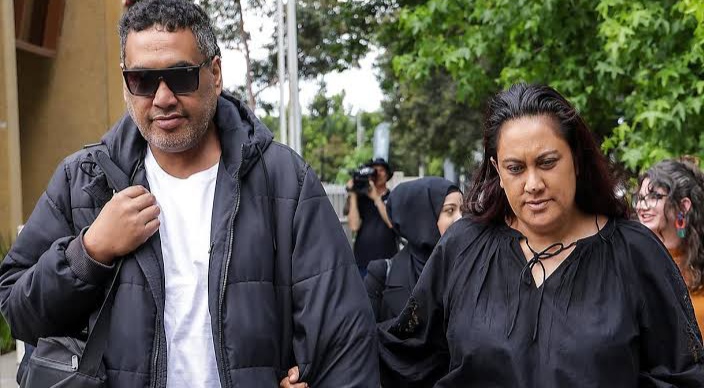A woman has demanded significant reforms to the amusement business “so this doesn’t happen to another family” after fighting for an inquest into her six-year-old son’s death on a carnival ride.
On April 17, 2017, at the Rye Easter Carnival, Eugene Mahauariki fell from his seat on the Cha Cha and died in the hospital four days later.
His favourite ride was the one he lined up for, and when the last ride was called at around 5:20 p.m., he was seated next to a smaller and younger youngster.
As the ride started, Eugene was seated outdoors, in the designated area for larger kids and adults, and he slid into his friend.
Then he stumbled and hit his head before coming to rest on the floor. Eugene was taken to the hospital by his parents, who were employed by Wittingslow Amusements, the ride’s operator, after they raced to help.
However, when his life support was switched off on April 21, he was unable to be saved and passed away.
On Friday, a coroner declared that the man’s death was avoidable and suggested significant modifications to rules governing amusement parks.
This entails tighter inspections of funfair rides, enhanced national ride auditing tools, and higher training requirements for operators and attendants.
Tammy White, Eugene’s mother, sobbed outside the courtroom, remembering her “cheeky and outgoing” youngest son. “He was the baby of our family, he was so loved,” she stated.
“I fought for an inquest because I knew that Eugene’s death was preventable, and today the coroner agreed with me.”The coroner has suggested that the whole amusement sector undergo transformation. In order to prevent this from happening to another family, I hope they all take it on.”
WorkSafe originally filed charges against Wittingslow Amusements for alleged health and safety violations, however those allegations were dropped in 2020.
Last year, during an 11-day inquest, ride owner Michael Wittingslow declined to testify. The U-shaped rod and bar that were meant to keep Eugene in his seat were discovered by coroner Sarah Gebert to be in violation of Australian regulations.
“Without doubt, members of the public would hold an expectation or reasonable assumption that there is a system in place to ensure the safety of amusement rides in Victoria,” she stated. “Yet this investigation revealed that the Cha Cha was able to operate without restraints which were compliant with Australian standards over many years.”
She also discovered that Michael Wittingslow was unaware of the extent of the German man’s training, who was running the ride that day, and that he was not properly supervised or instructed.
Gebert suggested a study to raise the bar for ride operator and attendant accreditation and training standards, which should include determining whether there should be minimal training requirements.
She stated the Cha Cha was not inspected with the same rigours as more recent rides because it was constructed in 1961. “The investigation revealed that the older an amusement ride was, the less stringent the regulatory regime,” she stated.
The coroner expressed her hope that her conclusions and suggestions will contribute in some small way to his legacy and prevent the premature death of another young person in the future.
WorkSafe has created an information sheet that suggests control ways to reduce dangers on rides like the Cha Cha since his death in 2017.





